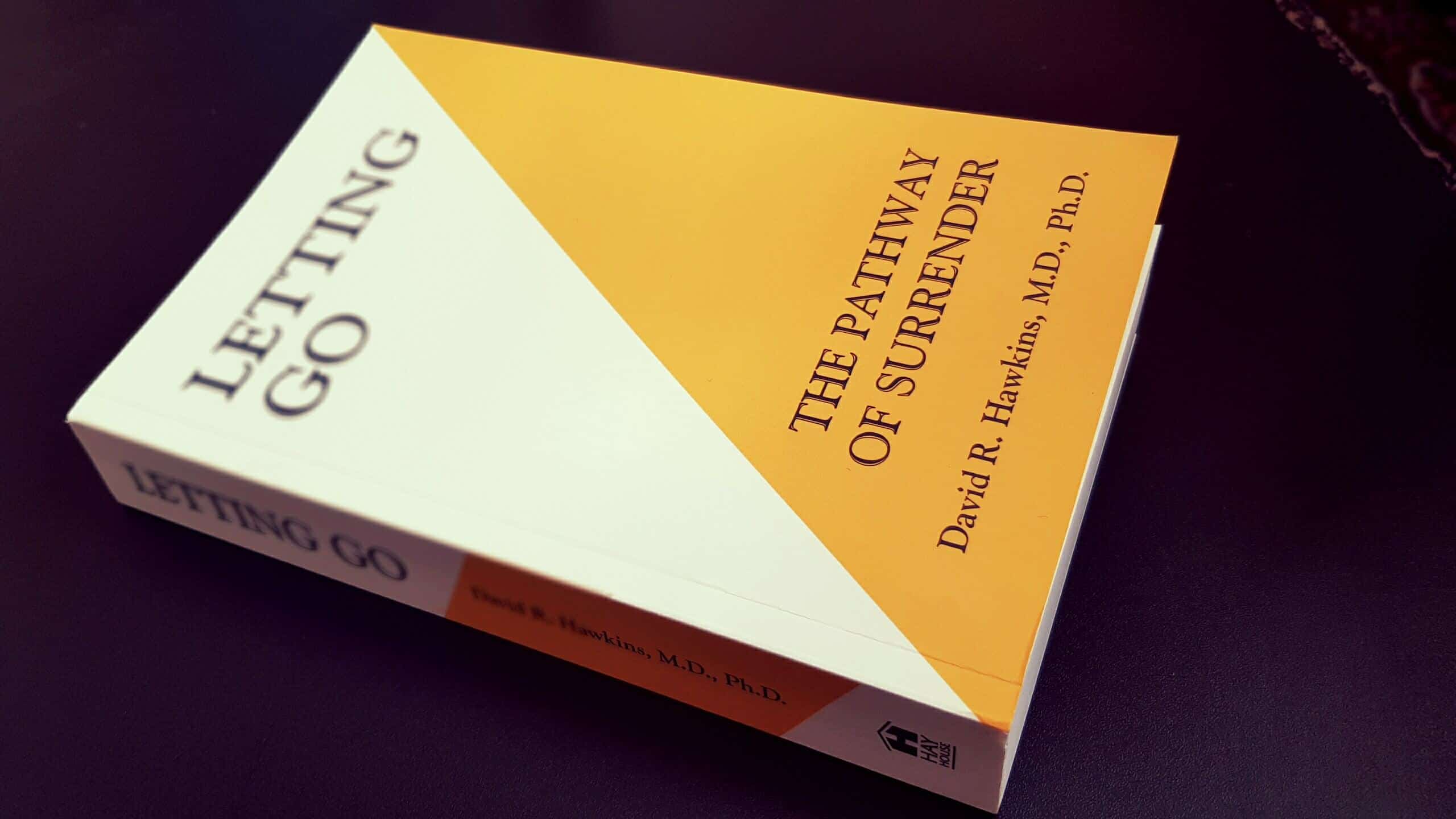Have you ever felt trapped by your own thoughts? Imagine standing at the edge of a vast expanse, with tantalizing opportunities beckoning you from the other side. Yet, something invisible holds you back—like a hidden thread tethering you to your past. This notion of being stuck is universal, and intriguing enough, Dr. David Hawkins expertly elucidates this predicament in his profound work, “Letting Go: The Pathway of Surrender.” In this book, Hawkins invites readers on a transformative journey, presenting not only the theory behind emotional blockages but also offering practical tools for liberation. Are you ready to embark on this expedition toward unfettered living?
At its core, “Letting Go” is an exploration of the emotional and psychological mechanisms that bind us. Hawkins asserts that our attachment to emotions often cultivates resistance, a stark contrast to the fluidity of life itself. One might pose the question, how many of your own emotional anchors are inhibiting your journey? Delving deep into this inquiry, Hawkins categorizes the various emotions—ranging from fear to love—and presents an analytical framework highlighting the necessity of recognizing and releasing these energies to promote personal evolution.
The author introduces an intriguing metaphor: envision emotions as vibrant colors on a vast canvas. Each hue represents a different facet of our emotional spectrum. Some colors, like joy and love, are striking and uplifting, while others, such as resentment or anger, darken our universe. Hawkins encourages readers to step back and evaluate their personal canvas. What shades dominate your life? If you were to paint your emotional landscape, would it reflect a harmonious blend, or would it be marred by tumultuous storms? This allegorical approach serves as an enjoyable challenge, urging introspection and prompting you to embrace your emotional artistry.
One of the most compelling arguments presented by Hawkins is the idea that resistance breeds suffering. He posits that when we cling to negative emotions—those heavy, leaden weights—we inadvertently construct barriers that prevent us from experiencing joy. Resistance oftentimes stems from fear—fear of change, fear of the unknown, or even fear of facing our own flaws. Hawkins suggests a radical shift in perspective: rather than resisting unpleasant feelings, surrendering to them can catalyze profound personal growth. The challenge lies in our willingness to confront discomfort. Are you prepared to willingly step into the fertile ground of vulnerability, opting for growth over stagnation?
Central to Hawkins’ philosophy is the practice of surrender—the act of relinquishing control and allowing emotions to ebb and flow naturally. He deftly articulates that surrendering does not equate to passivity; rather, it requires immense courage and awareness. Hawkins distinguishes between a state of letting go and the escapist impulse of avoiding or suppressing emotions. This distinction is paramount for individuals seeking true emotional freedom. By embracing our inner tumult and experiencing it in its full force, we create space for healing and authenticity.
The actionable methodologies within “Letting Go” are notable. Hawkins presents a series of exercises designed to facilitate the process of surrendering. One technique involves identifying a specific troubling emotion and, with introspection, examining its origin. What stories have you told yourself about this emotion? What beliefs have crystallized around it over the years? By unpacking these narratives, readers can confront the shadows of their discomfort, ultimately allowing them to dissipate. This exercise exemplifies how Hawkins expertly intertwines theory with practice, offering a fertile ground for personal development.
Moreover, Hawkins highlights the importance of mindfulness as a cornerstone of emotional regulation. By fostering a state of presence, individuals can observe their thoughts and feelings without immediate judgment. This conscious observation creates an opening for emotional release. Rather than spiraling into mental turbulence, the mindful observer can stand apart from their emotional experience, cultivating serenity in the chaos. Have you ever tried simply observing your thoughts and letting them go? This is a playful challenge that Hawkins invites readers to undertake: to watch their inner narrative unfold without becoming ensnared in it.
As readers delve deeper into “Letting Go,” they discover that the act of surrender often leads to remarkable transformations. By disassembling the emotional barricades that confine us, we not only enhance our internal landscapes but also improve our relationships with others. Released from the shackles of our past grievances, we can foster deeper connections grounded in authenticity and love. Is it conceivable that the key to enriching your relationships lies within the pages of a book, waiting to be unlocked?
In conclusion, Dr. David Hawkins’ “Letting Go” serves as both a guide and a challenge for those daring to confront their emotional boundaries. It is a clarion call to embrace discomfort and dissolve resistance. With vibrant metaphors, actionable insights, and a playful yet profound demeanor, Hawkins invites readers on a transformative journey toward self-liberation. The question remains—are you ready to let go? To clear your emotional canvas and paint a life of profound joy and fulfillment lies within your grasp. Embrace the adventure, and may your path of surrender lead you to exhilarating heights!
